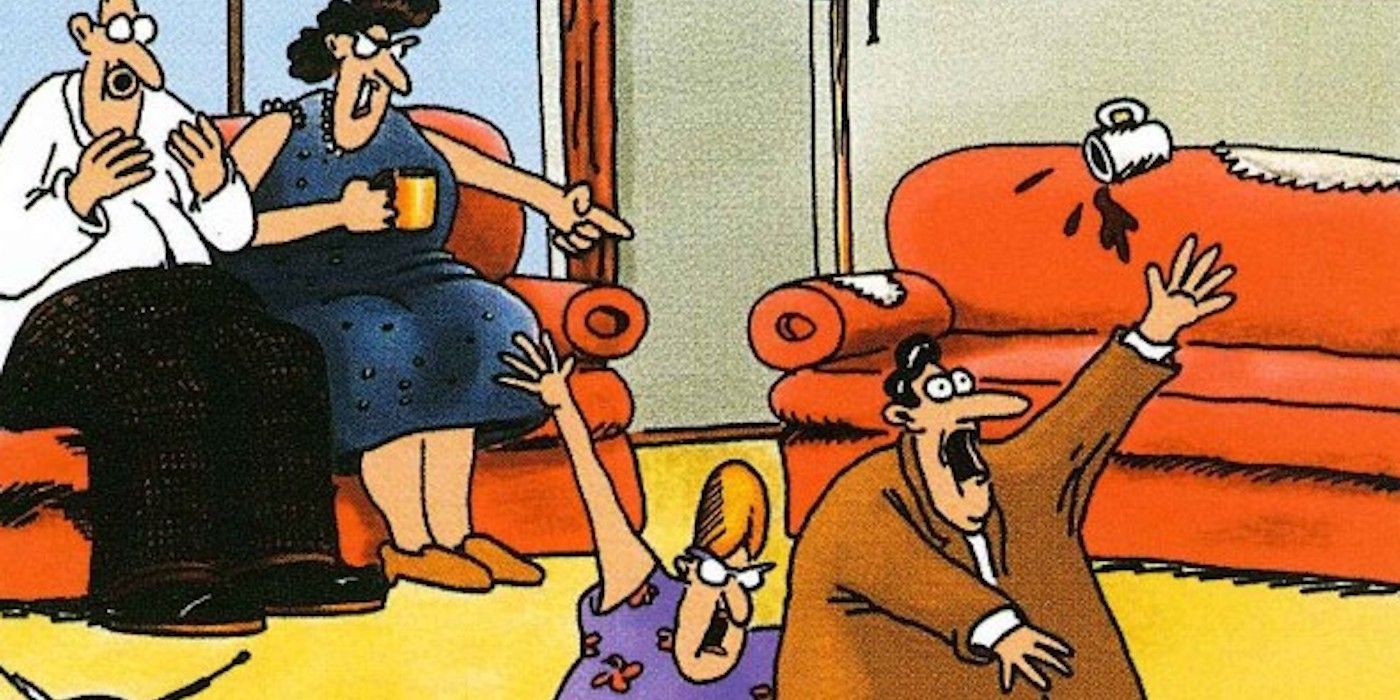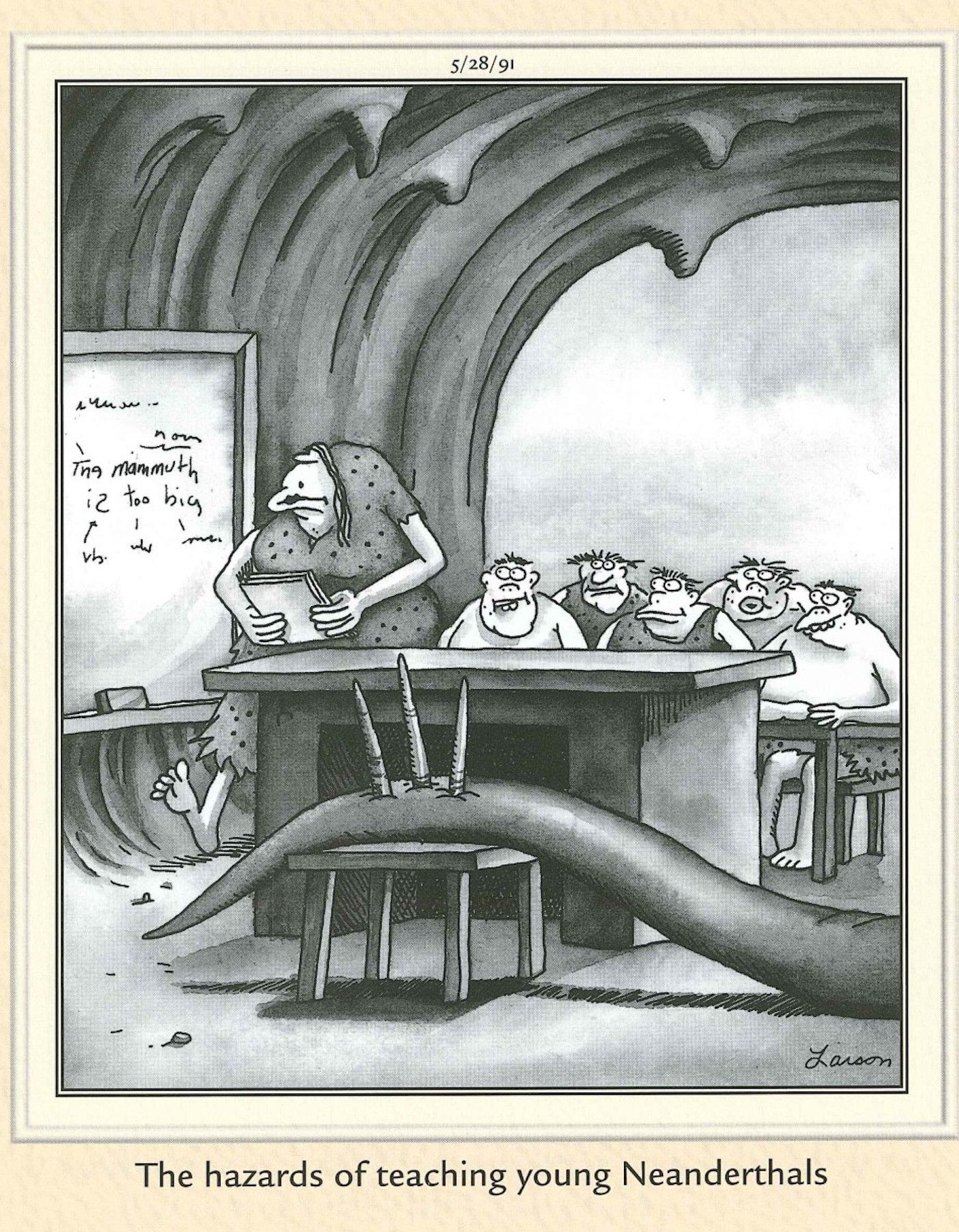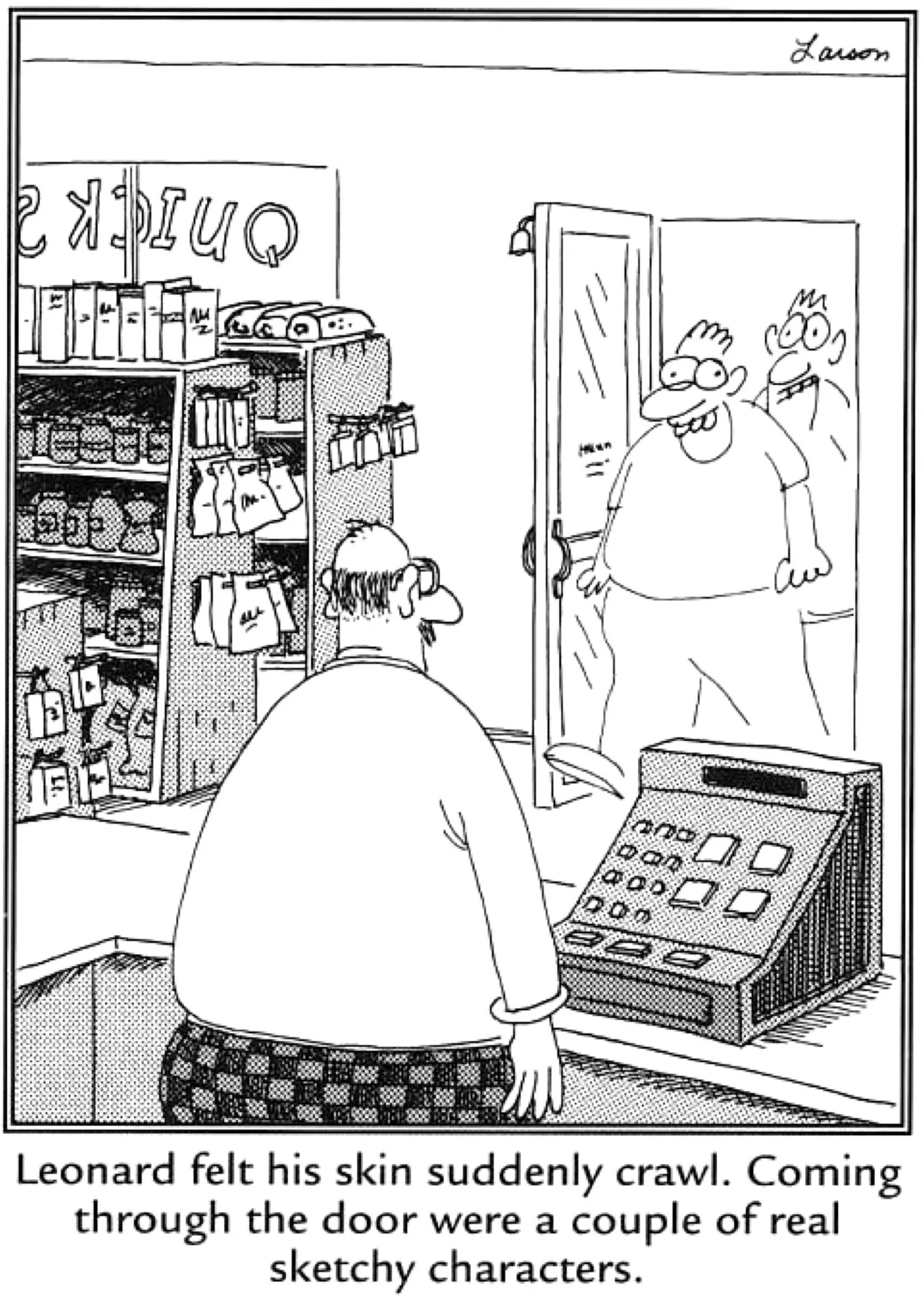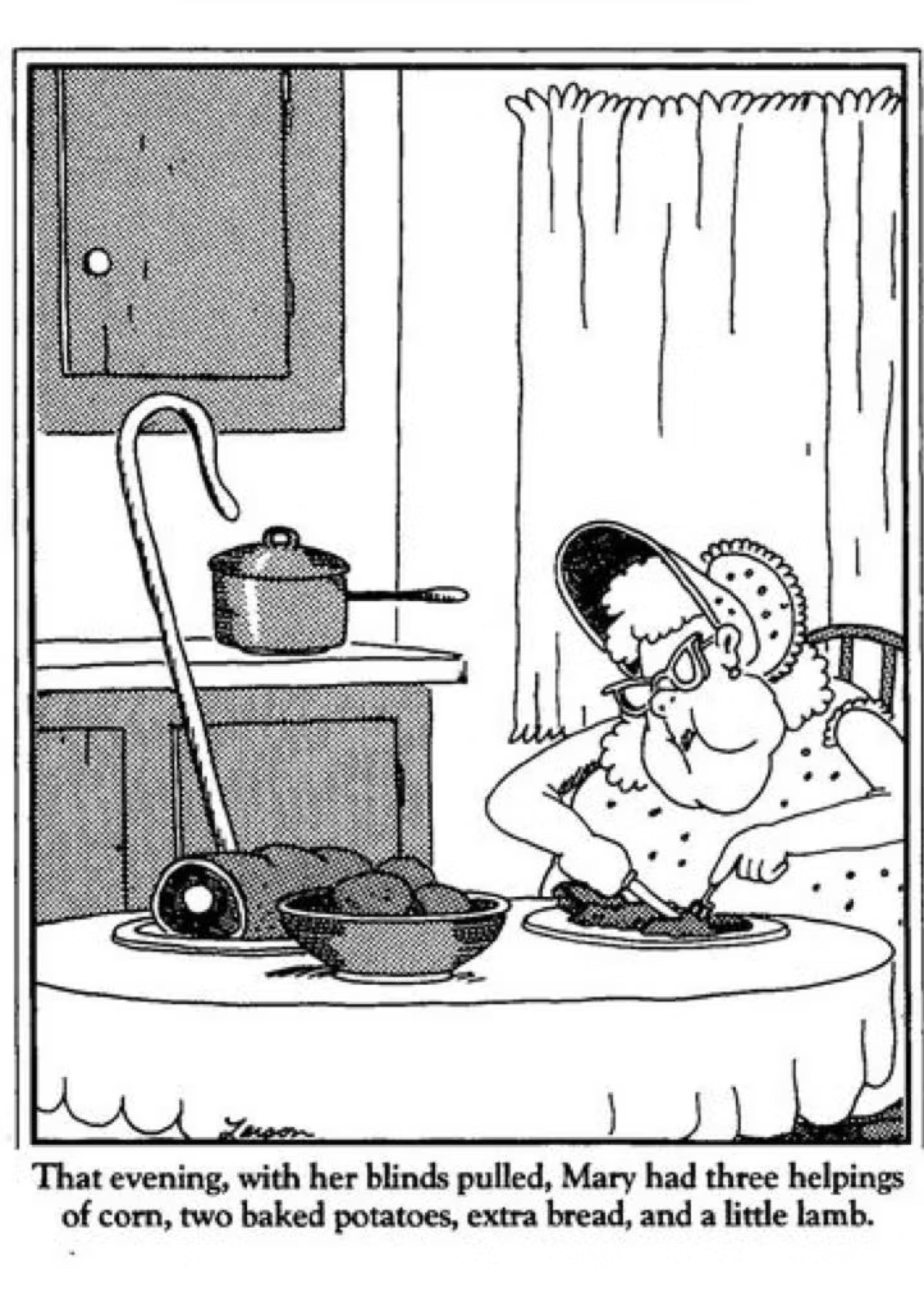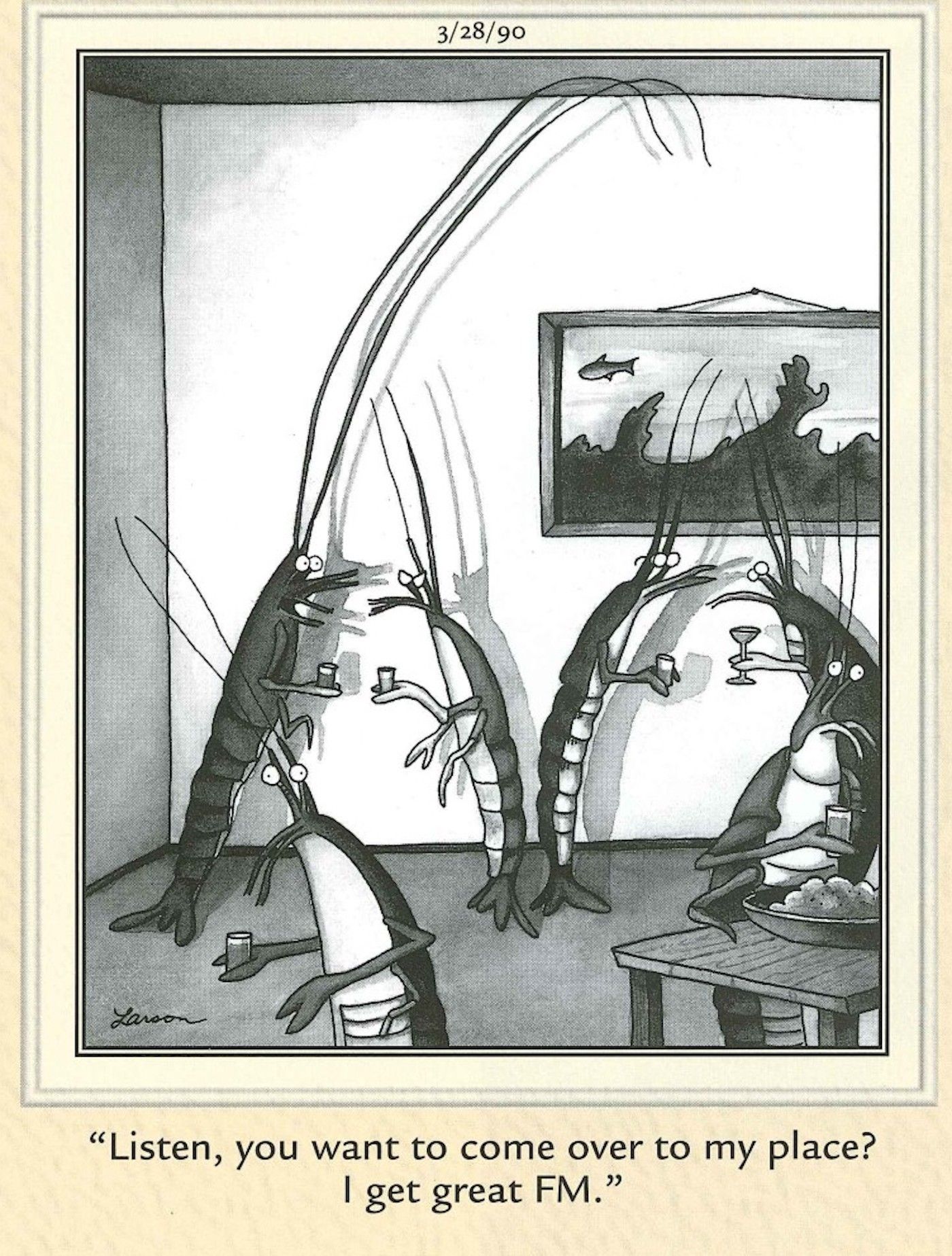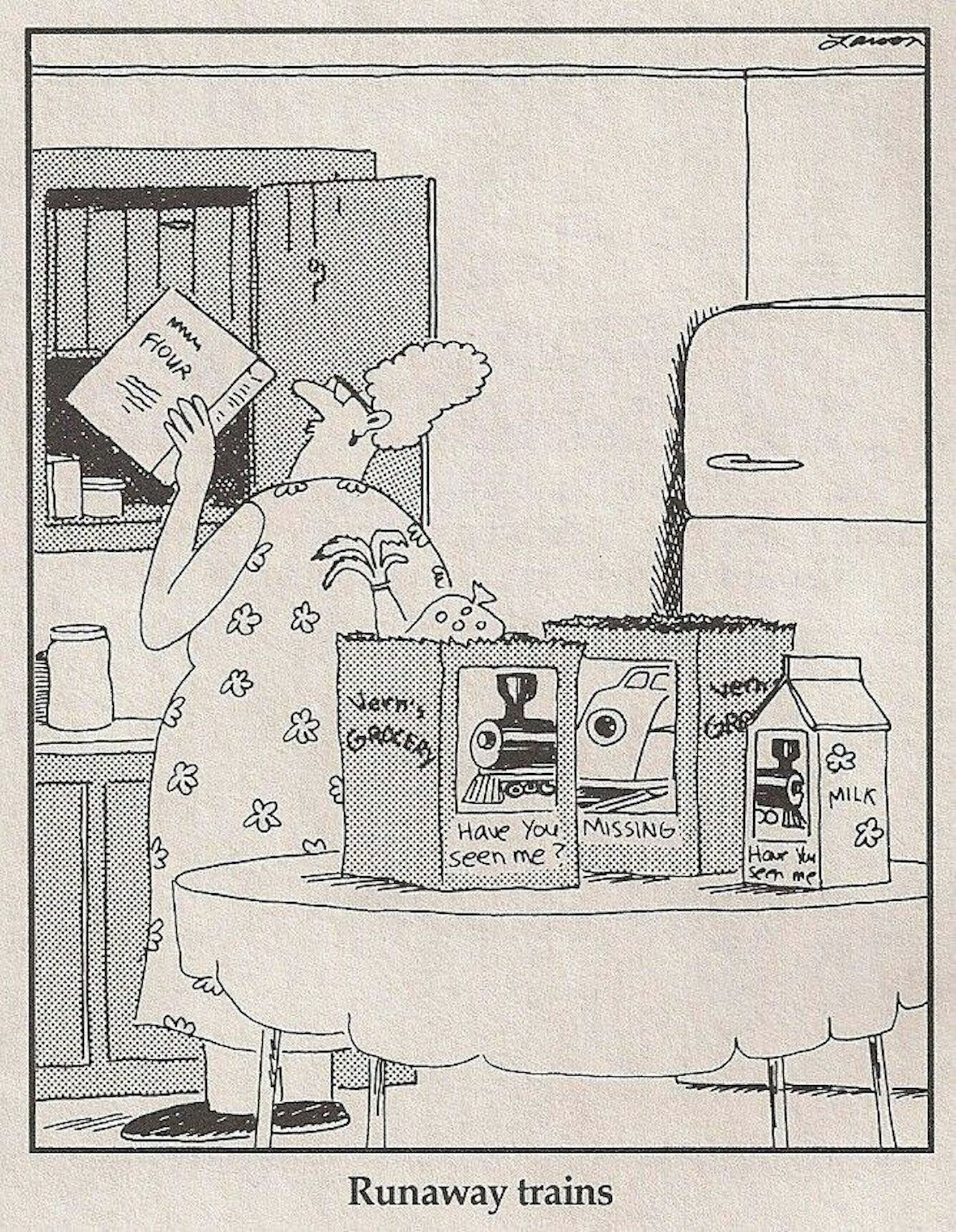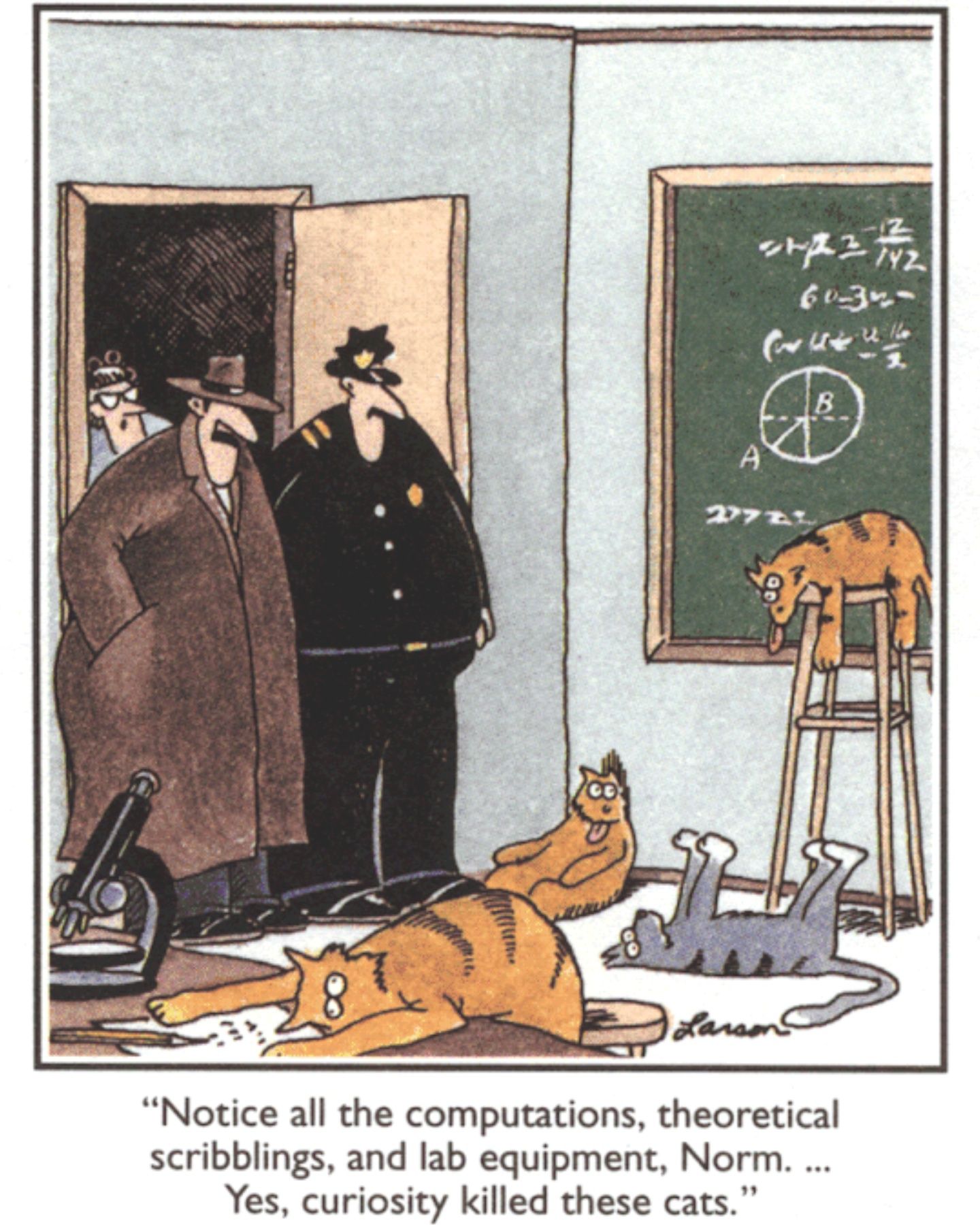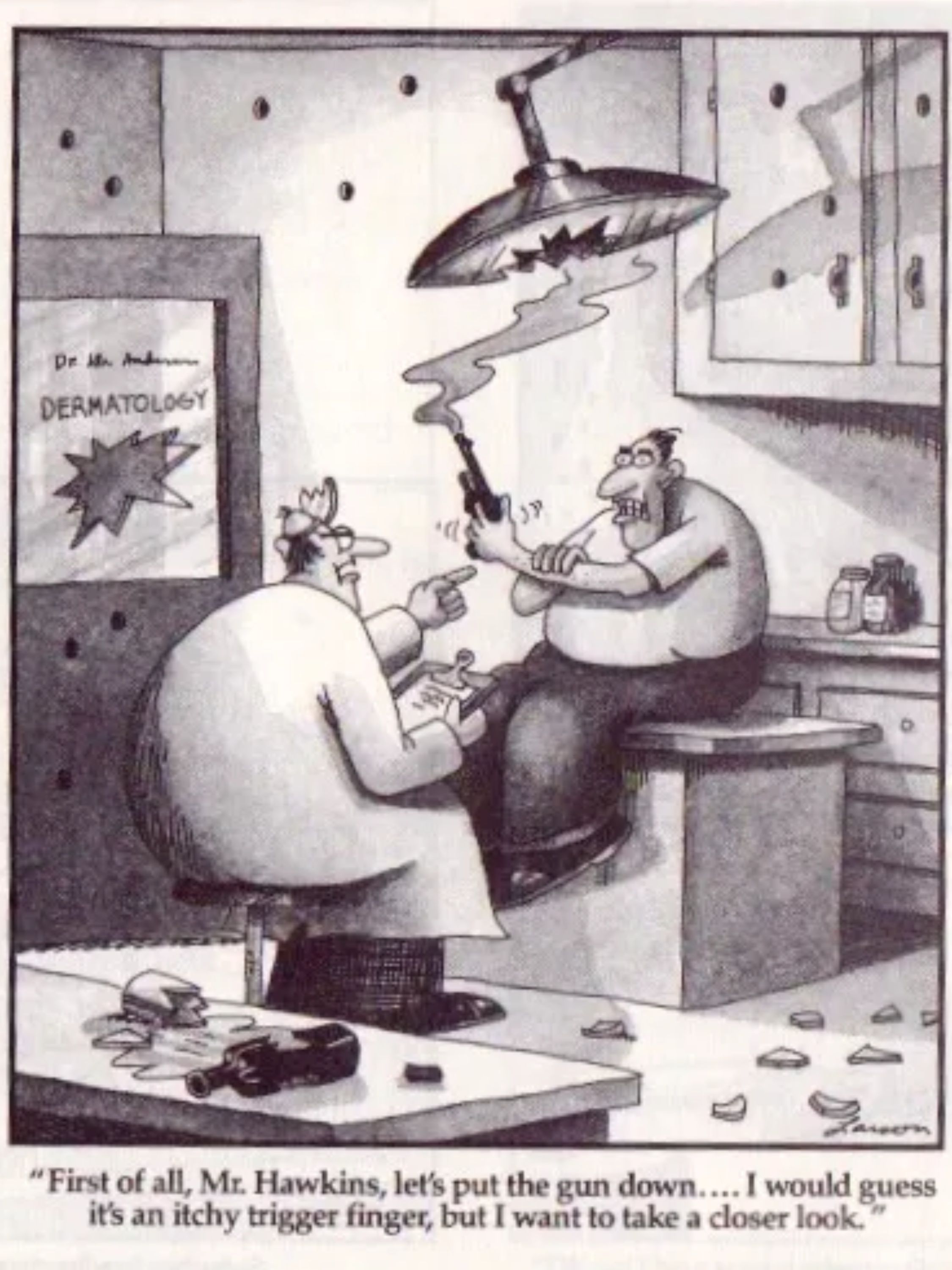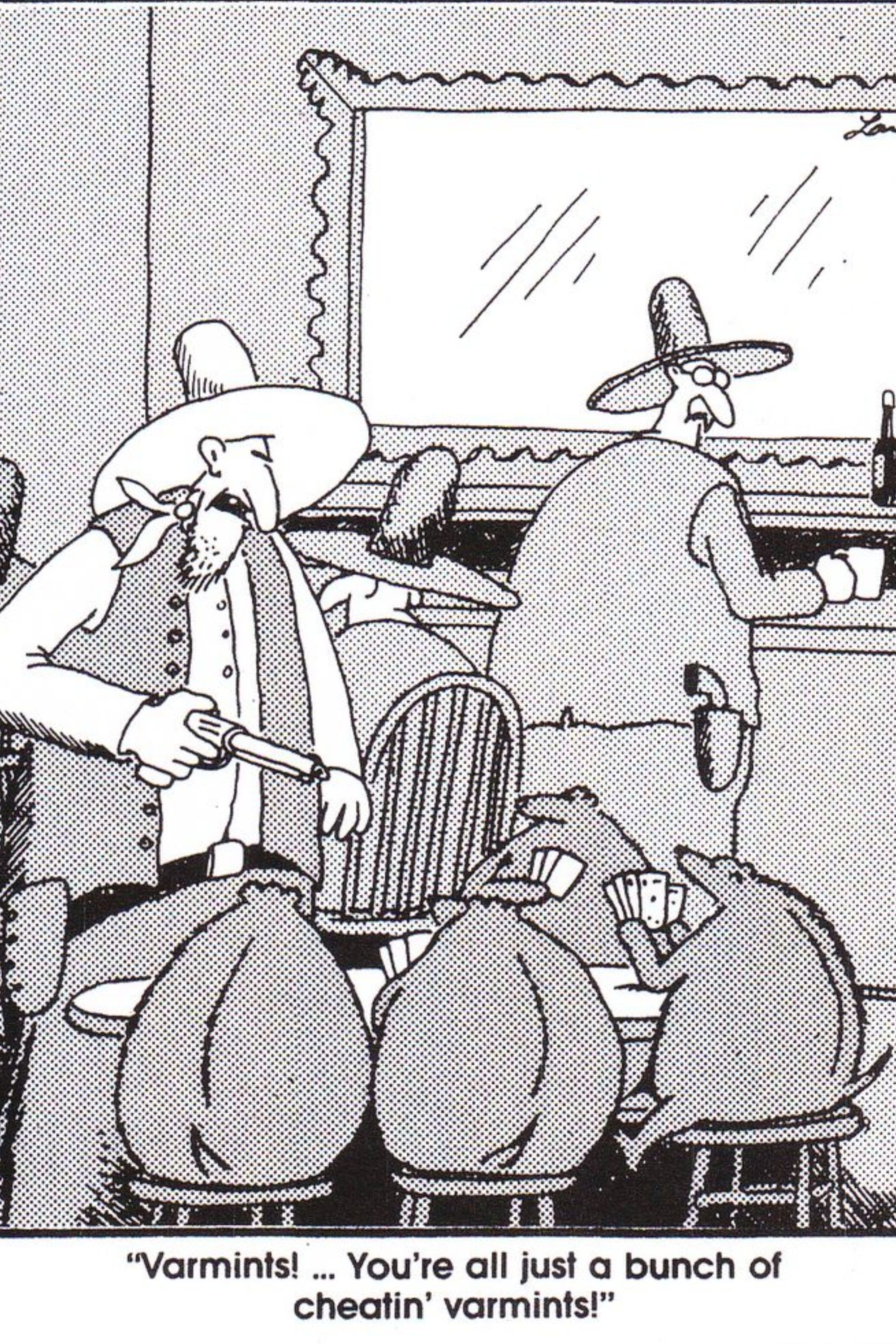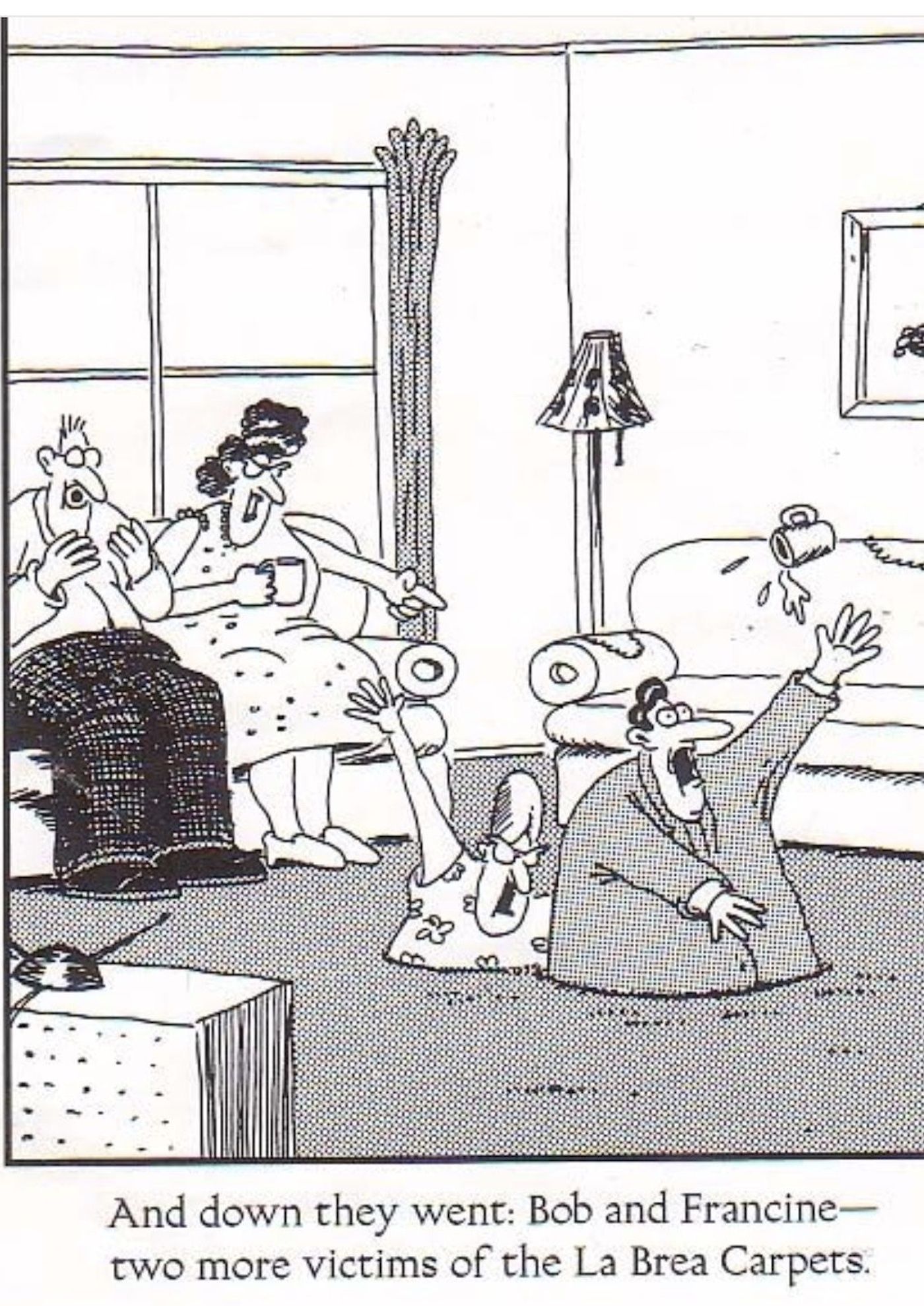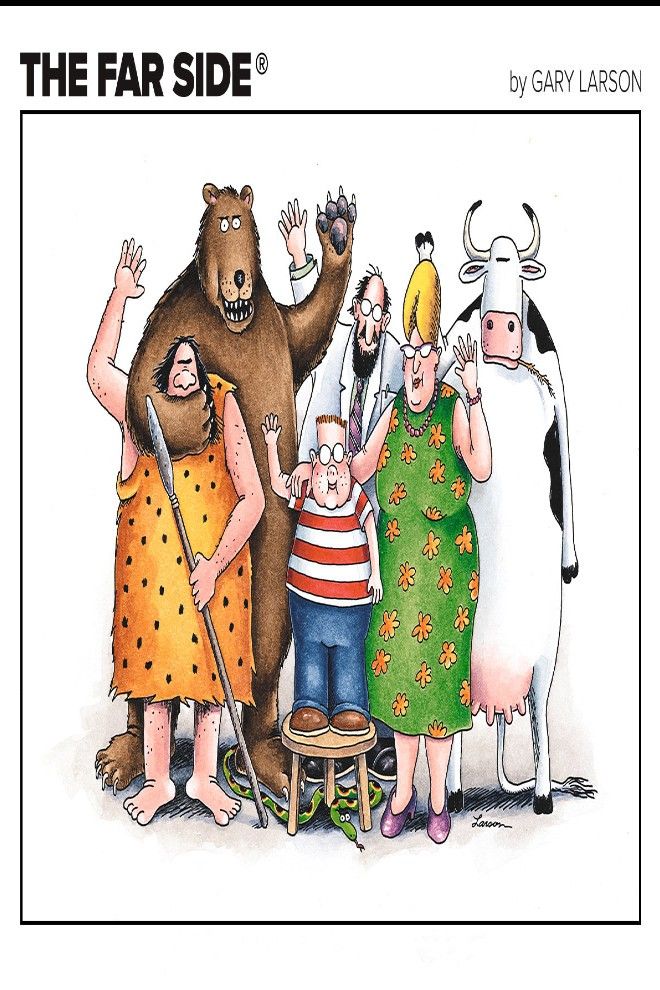Summary
- Larson’s pun-centric comics in The Far Side are a hilarious blend of wordplay and clever illustrations.
- The use of double meanings and unexpected twists adds a unique and surreal touch to Larson’s strips.
- Larson’s ability to subvert genre tropes and play with familiar phrases demonstrates his clever intellect and talent for humor.
Gary Larson knows how to land a joke successfully, as he demonstrated many times over the years of The Far Side‘s publication. While he can elicit laughs just from illustrations alone, with no words in the strips, he is also a genius at wordplay. Most notably, he is brilliant with puns.
Some of Larson’s best strips saw him exploiting double meaning to its most humorous potential or drawing comics that positioned words that sound alike with the relevant images. Throughout The Far Side‘s history, he could always make a pun joke seem one step above corny punchlines (even if they may still have been corny from time to time). Here are the best pun-centric comics The Far Side ever produced.
10 “Friends In Pie Places”
Published in 1994
Larson may have noted this strip as his least favorite work, but to many, this comic shows Larson’s love of the silly and word play as well as the surreal. How else would two clowns cornering each other in an alley be described other than surreal? Larson’s masterful use of puns is shown when the soon-to-be victimized clown says he has friends in “pie places,” which is a play on the phrase, “friends in high places”. The clown who pies his peer may be getting some repercussions from some higher-ranking jesters as a result of his actions.
9 “Young Neanderthals”
Published in 1991
In recent years, there has been a lot of media attention on what teachers have perceived as unruly classes. This Far Side strip predates the modern hub-bub over rowdy students with a prehistoric-set comic. Using the term “neanderthal” literally, which is typically used to describe someone rude or dumb, to describe the ancient pupils, Larson exploits the meaning of the word “neanderthal” to fit both the behavior of the children and the age in which they live in.
8 “Sketchy Characters”
Published in 1994
Gary Larson’s comic strips wouldn’t be nearly as effective if he wasn’t such a talented illustrator. However, sometimes, he deliberately has some terrible art in his works, but like any good artist, it is always to make a point. For instance, in this strip, the two “sketchy characters” are drawn like haphazard sketches, making the pun work. A sketchy person usually refers to someone who looks suspect or a little off, making the double entendre in this strip hilarious.
7 “A Little Lamb”
Published in 1987
Everyone knows the nursery rhyme “Mary Had a Little Lamb”, with its recognizable cadence and innocent story. Of course, in TheFar Side, innocence has fallen by the wayside as the wholesome Mary everyone knows has turned into a person who eats their own little lamb. Twisting the nursery rhyme to serve as both the little lamb in the story and as a little portion of lamb that Mary has eaten, Larson puts his legendary dark and kooky spin on something that most are familiar with. As a result, a new meaning is added.
6 “Great FM”
Published in 1990
Prawns are funny looking animals, being so tiny but also having two huge antennae poking out of their heads. Larson draws on the weird appearance of these oceanic creatures by comparing the animal’s antennae with that of radio antennas. Since the speaker of the strip has antennae that are so much bigger than everyone else’s, they feel the right to brag about their ability to get FM radio. While this joke may not be the most current, in fact it’s very unlikely that anyone under the age of 25 understands this joke, it shows Larson’s love and talent for using double meanings.
5 “Runaways”
Published in 1987
A relic of the past, kids who were runaways would have their picture on things like milk cartons or paper grocery bags. Larson uses this occurrence, which was relevant at the time, to instead position the “runaway” on grocery bags as a runway train, or a train that has gone off the tracks. Having the runaway be a train matches the level of ridiculous and strangeness that everyone has by now come to expect from The Far Side. It can’t help but tickle the funny bone.
4 “Curiosity Killed These Cats”
Published in 1985
The phrase “Curiosity killed the cat” is used to serve as a warning against snooping into other people’s businesses. However, in the case of TheFar Side, curiosity can literally kill a cat. When a bunch of felines engage in some STEM activities and end up dead, a knowledgeable detective pinpoints the cause to their curiosity about science. Using the familiar phrase to be used literally while presenting an outlandish scenario is just one of the many examples that show Larson’s clever intellect when it comes to wordplay.
3 “Trigger Finger”
Published in 1990
In The Far Side, a patient holding a smoking gun is informed by his doctor that the problem is likely to be an itchy trigger finger. While the strip refers to the patient’s finger being physically itchy, it would not be what most assume of the phrase. Instead, an “itchy trigger finger,” a term not out of place in Noir or Western movies, refers to when someone is ready to impulsively shoot a gun. Seeing as how the patient has just shot off a gun, as seen by the smoke, it’s a safe bet that the patient has both a literal and figurative itchy trigger finger.
2 “Varmints”
Published in 1985
Beloved by screenwriters of Old West movies, “varmints” is a term not used infrequently in the genre. While it usually referring to a rascally individual, this strip prefers to embrace puns and instead features actual varmints. Animal pests, the varmints of The Far Side, are seated in a saloon with one cowboy who has had it with their card cheating ways. Larson was always adept at using tropes of genres and subverting them to go against expectations while simultaneously going for the laugh.
1 “La Brea Carpets”
Published In 1990
Those familiar with Los Angeles tourist destinations instantly get this very punny strip. For those who are not aware, the La Brea Tar Pits are a paleontological site featuring actual active tar pits that are set among recreations of Ice Age animals. Larson uses this L.A. landmark, changing “Tar Pit “to the similar-sounding “carpet,” showing two people being wallowed up by the carpet much like they would be in a substance like tar. With this strip, The Far Side shows Larson’s genius approach to not only wordplay but also setting a scene that makes the joke even more humorous.
This story originally appeared on Screenrant

